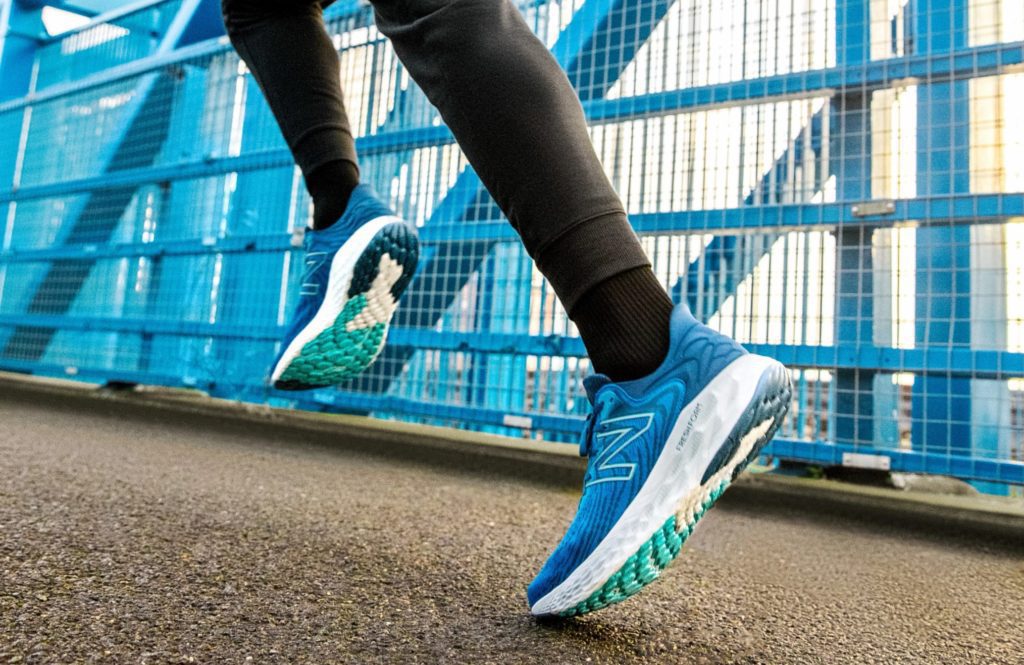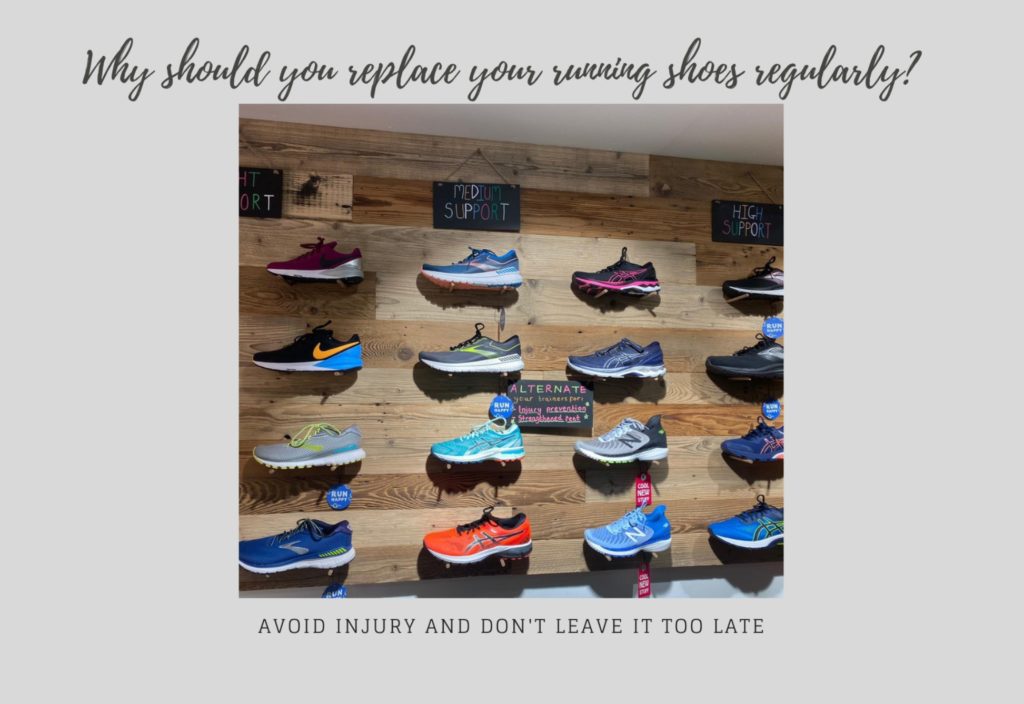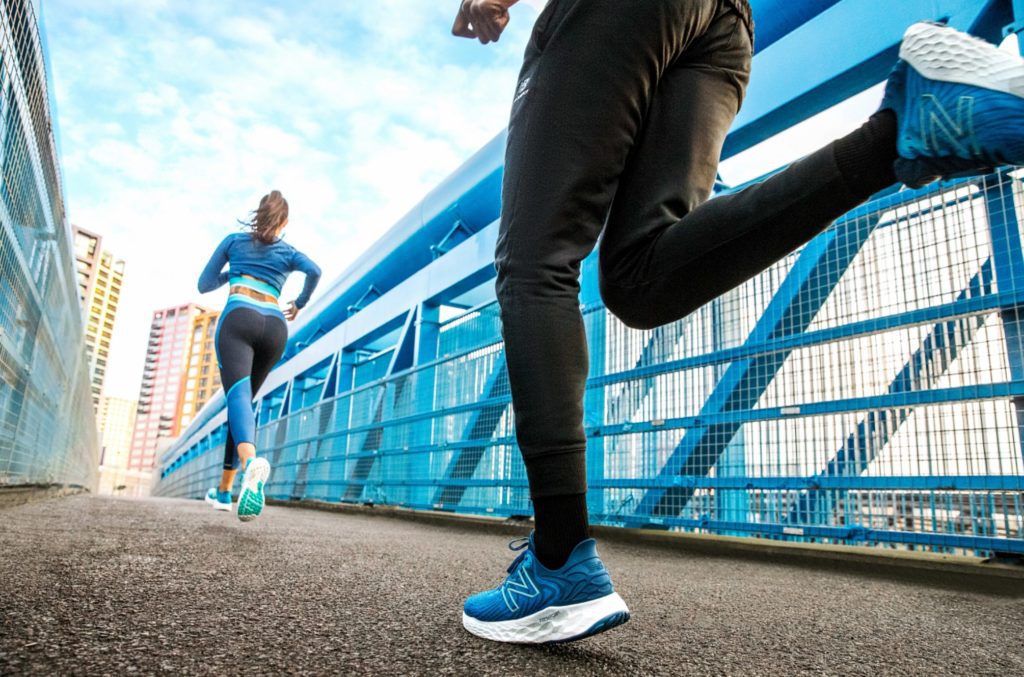Why should you replace your running shoes regularly?
The main reason for changing your running shoes regularly is to help reduce the risk of injury. Whilst your training plan and weekly routine plays an important role in helping to stay injury-free (sufficient recovery, sleep, a gradual increase in volume/quality, regular strength training, nutrition, hydration, flexibility, mobility, plus many more), your trainers are also an essential tool in keeping you on the road pain-free.
Studies show that worn-down shoes cause runners to change their posture and gait (the way you run), leading to injuries down the line.
Despite some noticeable wear and tear, your running shoes might appear to be working just fine; however, it might not always be easy to tell when your trainers have seen better days.
After a certain amount of miles, the structural integrity and functionality of the shoe will deteriorate, and it will no longer provide the same level of stability and support as when you first opened the box to your brand new trainers. Continuing to run in damaged or worn shoes can reduce your running efficiency, leave you feeling heavy-legged, uncomfortable and unprotected, in turn making you more susceptible to repetitive injuries in the feet, legs and pelvis.
How long should your running shoes last?
Several factors influence how long your running shoes will last before they need to be replaced, and it’s worth remembering that everyone is different. Key areas to be mindful of are;
- The terrain you run on
I always notice I rip through trainers a lot quicker if I do a lot of my training on trails rather than the road. To prolong the life of your shoes, make sure that the terrain you run on most frequently is the terrain your shoes are designed for. If you do find yourself doing a lot of running off-road, now might be the perfect time to invest in some trail shoes as well as terrain, wear trainers suitable for the type of running you’re doing. It’s not advisable to log 100s of miles of easy running in a pair of performance lightweight racing trainers. Save these for key sessions and race day!
- Your running style
Your natural running style also plays a part in how far you can run before changing your shoes. At Team New Balance Manchester, we all get through trainers at different rates as no two runners have precisely the same gait or footstrike. Previous injuries or imbalances can affect the way your foot strikes the floor when running. It’s also very important to make sure you’re getting properly fitted for running trainers. If you’re wearing shoes that are the wrong size or not suitable for your style, you’ll notice you’ll wear through trainers much quicker, so it’s always worth getting a gait analysis.
- Your build
Just like we all run in different ways, we’re all different heights and weights, which will also influence how often you should change your running shoes. If you’re heavier or taller than the ‘average’ runner, this can mean your shoes are likely to wear more quickly. On the other hand, increased support and cushioning will ensure your shoes last as long as possible and get the most out of your new pair.

So the big question is, how many miles before you need to change running shoes?
Considering all of the above as a general rule, you should consider changing your running shoes between every 400 to 500 miles. However, if your running shoes are not showing any of the above signs of excessive wear, you may be able to wear them for longer without increasing the risk of injury.
Conclusion
My advice is to take a proactive approach to injury prevention rather than a reactive one. If you’re getting to the point when you’re questioning if you need new trainers, it’s probably already time to get some new trainers. As well as having a well-planned training plan and spending time working on becoming a stronger more efficient runner in the gym, then making sure you’re changing your trainers regularly is also essential. Look for telltale signs, niggles, feeling the road more than usual under your feet and any aesthetic clues such as holes in the toe box or where the upper joins the midsole. Finally, if you would like 15% off your next pair of shoes, consider joining our free virtual running club!


